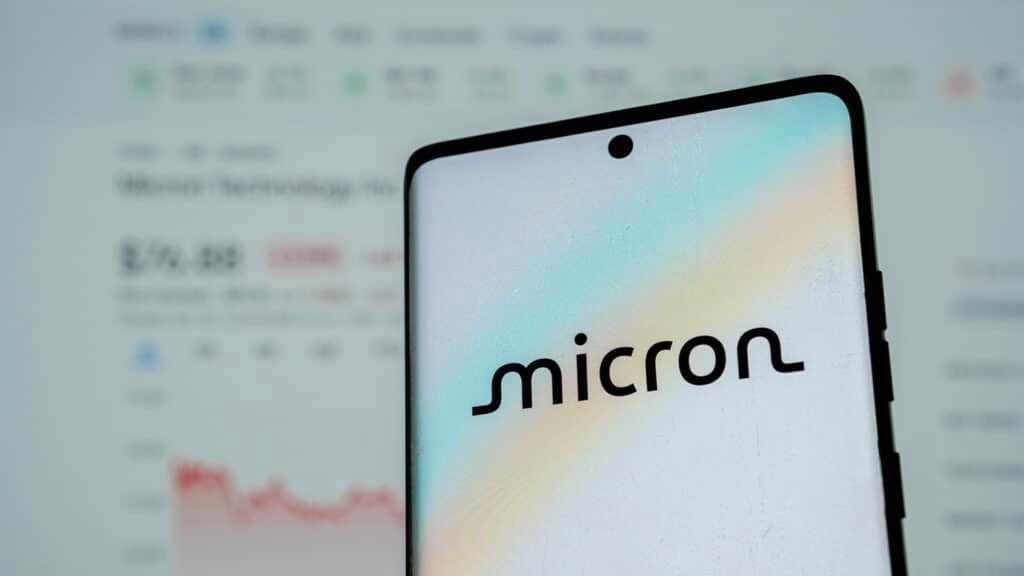The News: For the first time, more online holiday buying in the US was done by consumers using smartphones than on tablet, desktop, or laptop computers, according to the latest online shopping report from Adobe Analytics. Some 51.1% of online shoppers used their smartphones for their transactions during the holiday season, up from the previous high of 47% in 2022, according to Adobe. The online shopping report analyzed transactions for more than one trillion customer visits to US retail websites between November 1 and December 31. Read the full press release on Adobe Analytics 2023 holiday shopping report on the Adobe News website.
For the First Time, Most Online Holiday Buying Was Done on Smartphones
Analyst Take: Usually, when Adobe puts out its online holiday buying report after the holidays each year, the focus is on how much holiday e-commerce spending has increased and how various categories of merchandise are leading the sales figures. But for 2023, I believe those latest sales numbers are hugely overshadowed by a statistic that was buried more than halfway through the company’s news release—that more online shopping was done in the US during the 2023 holiday shopping season via smartphones than on traditional desktop, laptop, or tablet computers.
For the first time, 51.1% of online holiday shopping in the US was done using smartphones, up from 47% in 2022, when shopping by smartphone still trailed ordering through a desktop, laptop, or tablet computer. This statistic is quite a milestone, I think, as smartphones finally take over as the prime method of placing online orders during the holiday shopping season.
It is also a major shift in consumer behavior, and I believe that the business world needs to be paying critical attention to this trend. Why? Because I believe that it has serious implications for online businesses now and in the future.
First, it means that any businesses that have not redesigned and reworked their websites to include mobile-friendly versions that display web pages accurately on the smaller display screens of smartphones are going to quickly find themselves losing customers and sales. Frustrated consumers that land on web pages that do not display correctly on their smartphone screens will quickly go elsewhere and find alternative web pages that do display properly on their phones—and those sites are where they will be doing their shopping and spending.
Thus, all companies that want to sell online now must be certain to ensure that their mobile customer experiences are fabulous, from searching for desired items to checking prices, availability, shipping, and more. Customers need not be patient in 2024—companies must understand that if impediments exist in online shopping experiences on mobile phones that customers will ditch those sellers and go elsewhere where there are fewer hassles.
In my view, this shift in the Adobe Analytics shopping data showing that smartphones have taken the lead in e-commerce purchasing should be taken very, very seriously by every corporate executive. The field has shifted. The game is now different. And I believe that this is only the tip of the iceberg as online sales via smartphone transactions will continue to grow and dominate in the years to come.
Disclosure: The Futurum Group is a research and advisory firm that engages or has engaged in research, analysis, and advisory services with many technology companies, including those mentioned in this article. The author does not hold any equity positions with any company mentioned in this article.
Analysis and opinions expressed herein are specific to the analyst individually and data and other information that might have been provided for validation, not those of The Futurum Group as a whole.
Other Insights from The Futurum Group:
Adobe Revenue in Q4 Hits $5 Billion, Up 12% YoY, As Growth Continues
Adobe Firefly: Blazing a Generative AI Application Trail
Firefly Announcement Details Adobe Enterprise Generative AI Approach






